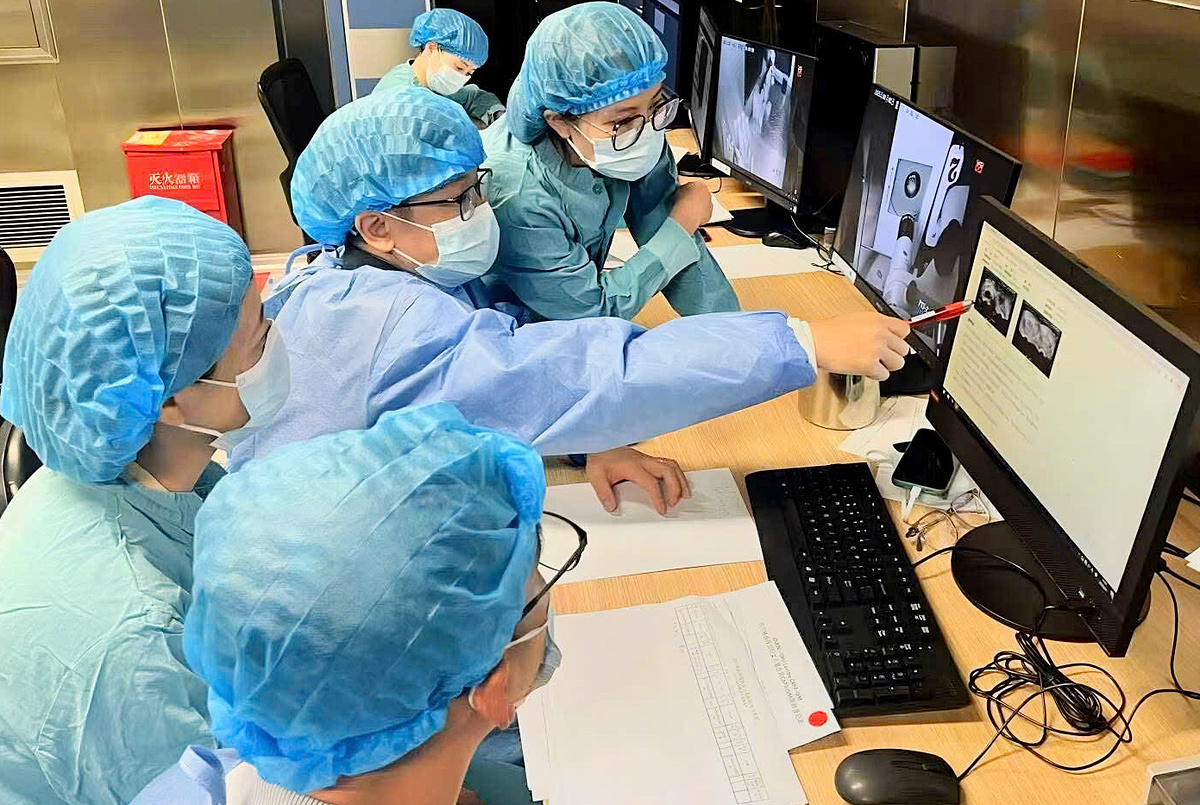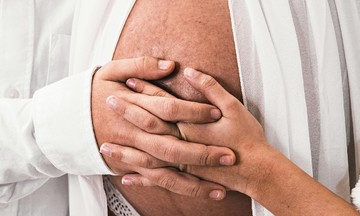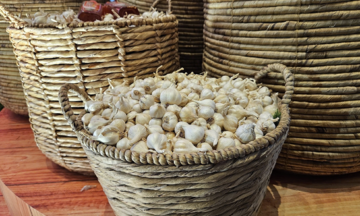On 7/8, Dr. Ho Ngoc Anh Vu, Head of the Reproductive Support Center at My Duc Hospital, returned from a week-long technology transfer trip to China (from 30/7 to 5/8) with his colleague, embryologist Pham Hoang Huy. Jinxin Xinan IVF Hospital belongs to Jinxin Fertility Group, a leading provider of infertility treatment in China. The group has branches in many provinces and cities in China, the US, and Indonesia.
The two Vietnamese experts provided theoretical and practical guidance to doctors and embryologists at Jinxin Xinan on IVM without ovarian stimulation, also known as the My Duc IVM method. They also directly participated in implementing this technique on the first patients in China, in addition to supporting the development of technical procedures, establishing management processes, and conducting further research.
Dr. Vu believes that China, a country with the most developed and largest-scale IVF technology in the world (estimated at over one million IVF cases annually, equivalent to one-third of the global total), choosing technology from Vietnam is a positive sign, affirming the value of the My Duc IVM technique.
"Hopefully, the first babies born in China using this technique will be clear evidence of the superiority, safety, and humaneness that the technology brings to infertile couples," he said.
 |
Dr. Ho Ngoc Anh Vu (center, pointing at the screen) is guiding how to check the medical information of a Chinese patient before performing the first egg retrieval at Jinxin Xinan IVF Hospital. Photo: Hospital provided |
Dr. Ho Ngoc Anh Vu (center, pointing at the screen) is guiding how to check the medical information of a Chinese patient before performing the first egg retrieval at Jinxin Xinan IVF Hospital. Photo: Hospital provided
Vietnam began applying classic IVM in 2006, quickly becoming one of the pioneering countries in this field. By 2016, the IVM method had helped 610 Vietnamese children to be born. Also in that year, My Duc Hospital successfully researched an improved IVM protocol with a new two-step culture process, yielding superior results compared to previous protocols. The new technique helps increase the oocyte maturation rate, significantly improves embryo quality, and considerably increases the success rate, opening up a new trend in reproductive support in Vietnam and globally.
With classic IVF, multiple hormone injections are required to stimulate the ovaries. This process carries a risk of complications for patients, is quite expensive, and complex. With the My Duc IVM method, patients do not need ovarian stimulation injections, limiting drug complications, especially ovarian hyperstimulation syndrome (OHSS).
This technique also significantly saves treatment time and costs, reduces stress and pressure for patients. It is especially suitable for patients at high risk of OHSS, those with specific medical conditions, or women who want a friendly, hormone-free treatment technique. The disadvantage is that it is difficult to perform, and the number of embryos created is small. If embryo transfer fails multiple times, and all stored embryos are used, the egg retrieval process must be repeated.
From 2019 to the present, experts from many countries around the world, such as the US, Canada, Peru, Denmark, France, Belgium, Spain, Hong Kong, Singapore, Malaysia, Thailand, Indonesia, and Australia have visited Vietnam to observe and learn this new IVM treatment technique. At the same time, Vietnamese experts are regularly invited to report and share their experiences and results of the new protocol at major medical conferences in the region and worldwide.
Dr. Vu, 35, is one of the experts directly involved in developing and standardizing My Duc Hospital's improved IVM protocol. He is a member of the research team that published a scientific paper comparing endometrial preparation protocols in the world's leading medical journal, The Lancet, in 6/2024. This research has been highly regarded by the international professional community.
Le Phuong












